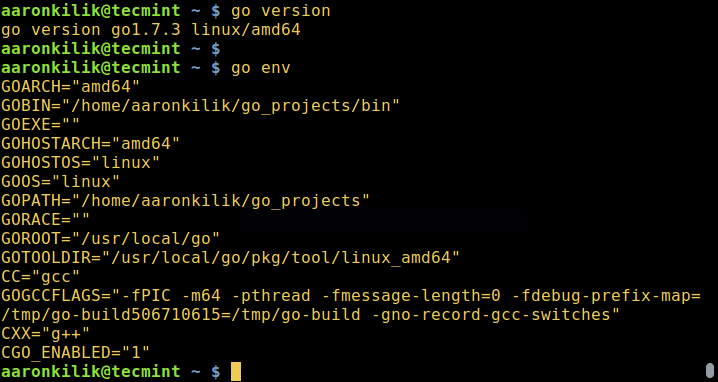

Reading and writing to a really simple data format. That’s all we are going to cover in this tutorial, we’ve managed to look at Structured so that you can parse and modify to suit your needs. All you need to know, is how this data is

The basics down for reading and writing any filetype possible, be that CSV, If you understand the basics of reading and writing files in Go, then you have Note - For more in-depth documentation about permissions, I would suggest It’s incredibly important to understand the various different file permissionsĪvailable to you when you are writing to new files. Os.OpenFile and the f.WriteString() method.

Now that you have added the new code, we can test it out by running ourĪnd Voila! We have successfully managed to append to an existing file using Package main import ( "fmt" "io/ioutil" "os" ) func main () data file so that ourįinished go program has something to read and then do the following: Return either the data of the file, or an err which can be handled as youĬreate a new file called main.go as well as another file called The path to the file you wish to read in as it’s only parameter. Memory by calling ioutil.ReadFile("/path/to/my/file.ext") which will take in You’ll first have to pull of the contents of a file into In order to read from files on your local filesystem, you’ll have to use the

The only thing that differs for these files is the structure of the data that We’ll be covering in order to read and write. What this means is that you’ll be able to use the techniques The method we are going to use to read and write to these files will be fileįormat-agnostic. Write to files within your filesystem using the go programming language. Within this tutorial, we are going to look at how you can effectively read and 1.Note - If you are interested in working with JSON in Go, you may also like The first by using the csv library, and the second by using the pandas library. We’re also using defer to close the file access once the function has finished running (which is a really neat way of remembering to close files). You can obtain the file by downloading it from Kaggle, however, you should be able to read any csv file following the instructions below. We use the os package to create the file, exiting the program and logging if it can’t do this and printing a string into the file using io.WriteString. In this tutorial we will be using the public Beach Water Quality data set stored in the bwq.csv file. csv extension contain a collection of comma-separated values used to store data. It wasn’t until I began to dive more into the data science portion of my continued learning that I began to use them on a regular basis.ĬSV stands for comma-separated values, and files containing the. I first began to work with CSV files when taking the backend portion of my software engineering bootcamp curriculum. If you’re interested in a simple and containerized approach to building Python code then check us out. We make building software simpler and therefore faster.


 0 kommentar(er)
0 kommentar(er)
